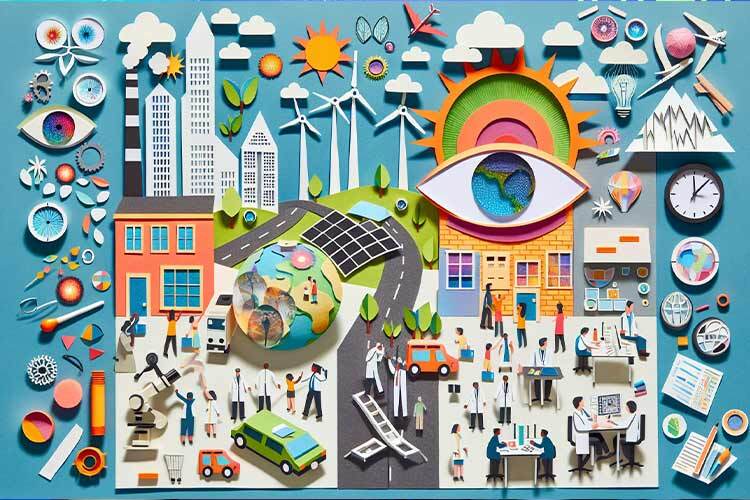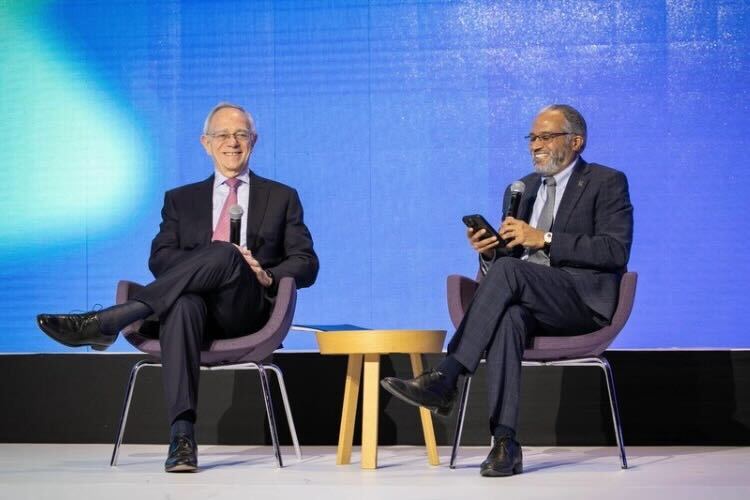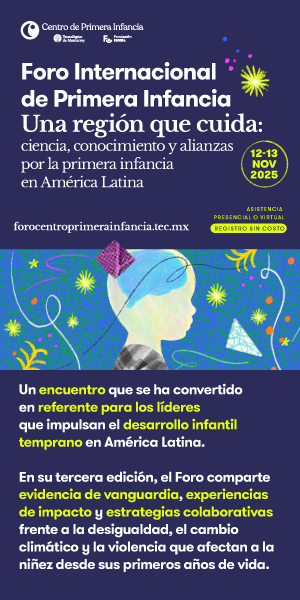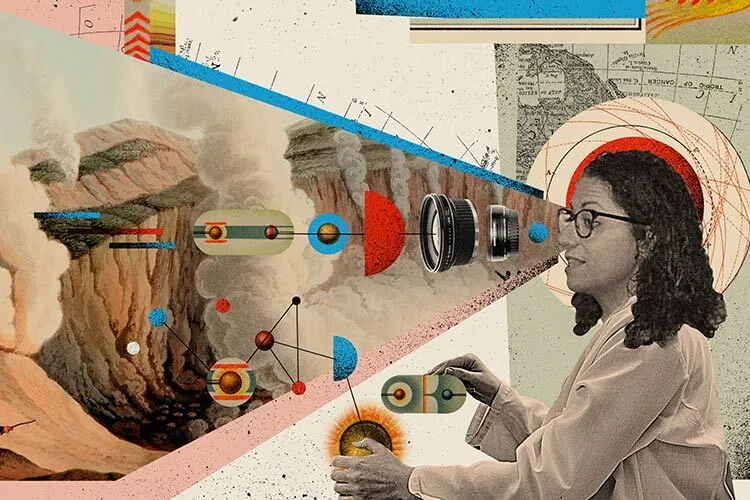When we talk about science, we think of words like “rigidity”, “experiment”, or “specialized work”. So, it might seem that the general public is not an essential element in the production of knowledge. However, we’ve started hearing terms such as “citizen science”, “collaborative science”, “participatory science”, or “e-science” in recent decades.
Everyone can take part in different projects to contribute to the development of specialized and individual knowledge. We explain what they are and how you can join in.
What is citizen science?
“Citizen science is the participation by members of the public in scientific activities. They’re people who don’t have specialized knowledge or training, but who can participate in different stages of scientific work,” explains Carlos Galindo Leal, the General Director of Science Communication at the National Commission for Knowledge and Use of Biodiversity (CONABIO).
Members of the public can take part in different ways: by collecting data, asking questions, or by spreading knowledge. This is not a new practice. It’s approximately 100 years old. However, it has diversified with the development of new technologies.
“Citizen participation varies according to people’s objectives. For those young people interested in mathematics and astronomy, it represents problems, challenges, and the possibility of interacting with experts. People’s reactions are generally positive, because they feel useful (especially if they like the projects), due to the learning involved and the pride of participating in the research results,” says Susana Finquelievich, Director of the Research Program on Information Society in Argentina.
Across the world, they contribute to various sectors, such as agriculture, oceanography, freshwater preservation, tourism, health, or astronomy.
Systematic observations by members of the public help the scientific community to reduce costs and to speed up the production of real-time observations.
What is citizen science?

How to take part in Mexico
In Mexico, CONABIO uses three applications to identify species:
eBird
This was developed for birdwatching by The Cornell Lab of Ornithology at Cornell University. People in Mexico started sharing their sightings to contribute to this project a decade ago. Carlos Galindo points out, “It’s necessary to do a little training and what you upload are sightings. There are curators on the platforms who recognize the species that users identify.”
NaturaLista
This was developed by the University of California, Berkeley. The platform was implemented in Mexico over eight years ago and is the biggest biodiversity platform in the country. Anyone with a mobile phone can take photos (observations) and upload them to the platform.
EncicloVida
CONABIO launched this application for mobile devices in 2019. It has a database of 13 million geographical records on 103,000 Mexican species. “All you have to do is search, and a page is created instantly. You get a pocket encyclopedia in seconds, using information from scientific records, from eBird and NaturaLista,” explains the General Director of Science Communication at CONABIO.
Citizens have access to knowledge in a few simple steps. People can identify innumerable species with these platforms, which are also available for mobile phones. You can identify endemic plants, the name of the tree you have in the yard, medicinal plants, or even contribute to discovering new species.
Problems for dissemination
More than 80,000 people are registered on the application. “Little by little, species will become more important. It’s a tool for society,” states Galindo Leal.
Promoting it is the main challenge, so that people get to know them and get involved. Despite what people say, scientific interest is not exclusive to the academic sector. On the contrary, digitalization is making citizens’ concern with the production of knowledge and species conservation more apparent.
















